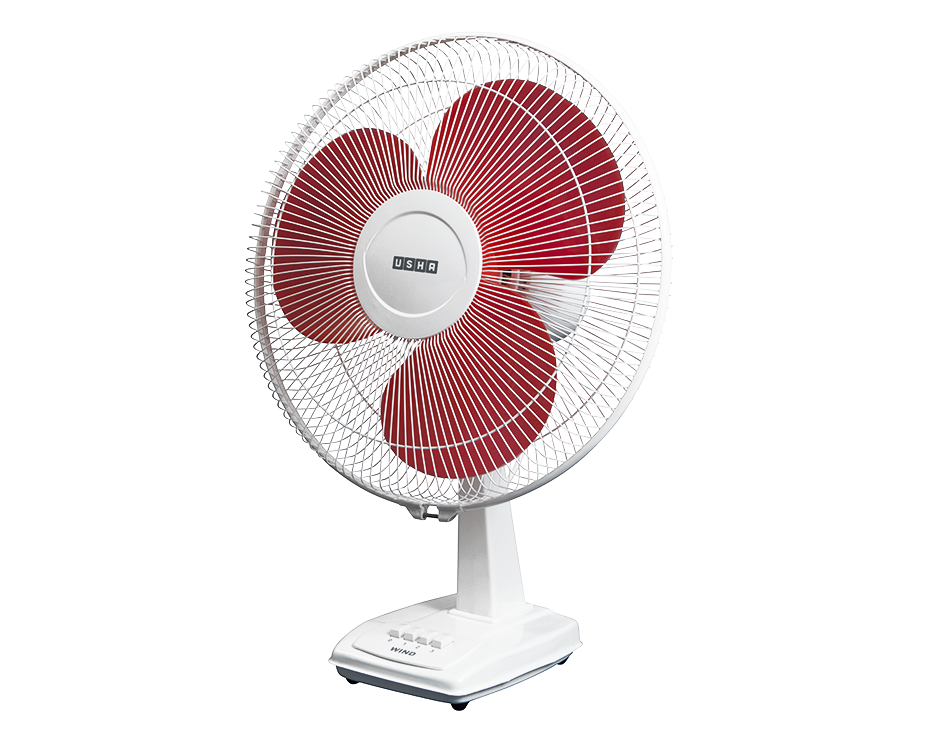A table fan is a small, portable fan designed for use on a flat surface, such as a desk or table. It provides a focused stream of air to cool down individuals in smaller spaces.
Specifications
Primary Function
Circulates air to provide cooling and improve airflow in small rooms, offices, or workspaces.
Ideal for localized personal cooling, providing a refreshing breeze without cooling the entire room.
Design and Portability
Compact and Lightweight: Easily placed on a desk, table, or nightstand without taking up much space.
Adjustable Head: Most table fans feature a tilt-able head to direct airflow where it’s needed.
Base Stability: Designed with a wide base to ensure stability on flat surfaces.
Speed Settings
Variable Speeds: Typically offers multiple speed settings (e.g., low, medium, high) to control airflow intensity.
Quiet Operation: Many table fans are designed to operate quietly, ensuring minimal disruption in work or sleep environments.
Power Options
Electric-powered: Most table fans are powered by AC electricity, with standard power cords for easy plug-in.
Battery-operated models: Available for portability, offering cooling without the need for a direct power source, ideal for outdoor use.
Energy Efficiency
Table fans generally consume low power compared to air conditioning units, making them a cost-effective cooling solution.
Energy Star certified models are available for optimal energy savings.
Additional Features
Oscillation: Many table fans include an oscillation feature that allows the fan to rotate back and forth, distributing airflow over a wider area.
Built-in Timer: Some models come with a timer that can be set to automatically turn off after a certain period.
Removable Grills: Fans with removable grills for easy cleaning and maintenance.
USB-powered models: Ideal for office desks or laptops, offering convenient and portable cooling.
Applications
Home: Provides personal cooling in bedrooms, living rooms, or small kitchens.
Office: Ideal for keeping cool in workspaces or desks, especially in areas with limited air circulation.
Outdoor: Portable fans can be used in outdoor settings such as patios, camping, or picnics.
Key Considerations
Size and Space: Choose a fan based on the available space and how much airflow is needed.
Noise Level: For a peaceful environment, select fans with quieter motors.
Portability: Consider whether the fan will need to be moved often or if it will stay in one place.
Adjustability: Look for models with tilt or oscillation for more customizable airflow.
